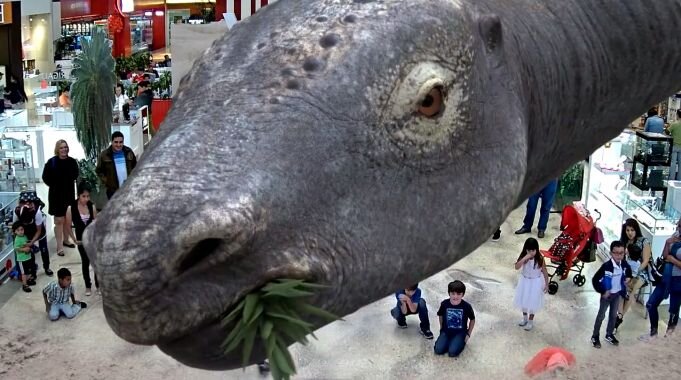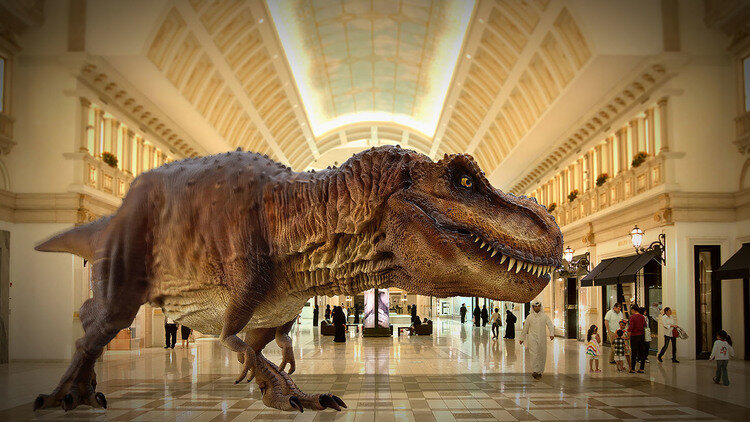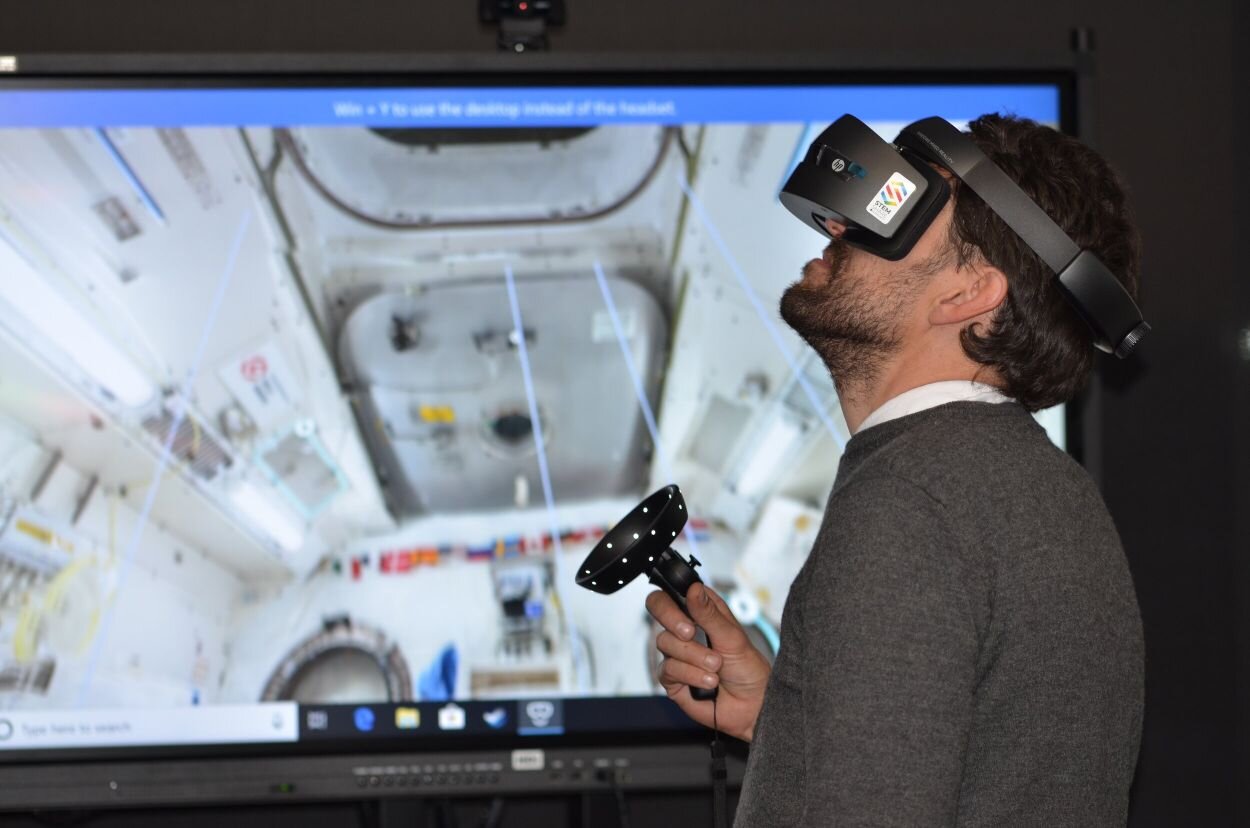Blog

How Augmented Reality can be a sea change for the Fashion Retail Industry
Unprecedented times in the world of retail call for unprecedented innovations. Today’s digital consumers require immediacy, personalisation and customisation as standard in both their shopping and buying experience. We at INDE think that our combination of augmented reality and computer vision represents a sea change in how fashion retail can operate.

3 Solutions To Save Your Live Event During Covid-19
Event organisers, agencies and location owners all over the world are therefore looking for alternatives, and fortunately our increasingly connected offers ready-made technologies for them. Digital experiences can replace physical experiences (and other face-to-face marketing initiatives) both effectively and safely in these uncertain times. The unique affordances of AR and VR in all their forms present viable and engaging solutions for experiential marketers.

Motion Capture, Real-Time Face Animation and More: Here's What You Missed at ACM Siggraph 2019!
2019 is the second year when INDE has presented its R&D activity and products for peer-reviewed submissions at SIGGRAPH, the leading scientific conference in the field of computer graphics and interactive techniques. Last year, BroadcastAR, our core product, was exhibited in the Immersive Pavilion while this year we introduced the latest interactive version of HeroMirror in the Poster session.

The basics of Augmented Reality – Interview with an AR expert
What is Augmented Reality? What's the difference between Augmented Reality and Virtual Reality? How do you ensure the digital additions spatially register with the real world, in real-time? How does mobile AR work? What type of professionals are needed to create an AR app? Learn more about the basics of INDE from Norbert Kovacs, INDE's CTO.

Here's why Theme Parks Should Choose Augmented Reality over Virtual Reality
Given the growth of the AR/VR industry and the ever so powerful entertainment industry (no recession can slow down the need for Entertainment), it is safe to expect that theme park operators will rapidly adopt these technologies. In order to address the merits of AR vs VR for theme park operators, let’s first assess what has been done so far by the community.

One 3D character, 5 ways to play and learn in Augmented Reality – Meet UCF
Since 2016 we have been quietly following our Unified Content Framework (UCF) Strategy. This allows us to build one 3D model and then deploy it across all of our product range. One 3D model can live within BroadcastAR (augmented reality for big screens), MobileAR (iOS/Android), HeroMirror (augmented reality vending machine, yep!), LiveAvatar (live control of 3D characters).

9+3 essential Terms you need to know in Augmented and Virtual Reality
As we head towards 2017 we see the conversation around Augmented Reality and Virtual Reality seep into the mainstream. The problem, as always with new technology, is that 90% of the knowledge lays with 10% of the people.

8 key things to know about Augmented & Virtual Reality
Pay an expert to solve the problem quickly because that's what they specialise in. Hire amateurs and expect to waste time and money as a result. Yet in 2016 we're faced with the internet. The internet makes everyone an expert.

HoloLens: The future of augmented reality
It was early May and Christmas just arrived to the office of INDE. We got our HoloLens development kit from our US office, and we were jumping up and down like kids who got the toy they always wanted.

We often get asked: “Are you creating the Matrix?”
“You are making Virtual Reality, right? So are you building the Matrix?” - A question I get frequently from friends and journalists, when I explain what I work with. Which makes me actually think, that people have real fear of emerging technologies taking over their senses and blending the boundaries between the real and the virtual.

Use cases for AR & VR: some thoughts on the experience
AR and VR are here to stay it seems, as big companies are investing a lot of money into a market that’s projected to be worth more than $30 billion by 2018 and $120(!) billion by 2020. That’s a pretty big market to get a piece of, and it’s no wonder a lot of companies are scrambling to prepare for the big boom that’s supposed to be coming this year.

10 things that Virtual Reality Makers won’t tell you in 2016
It seems that everywhere you look at the moment there’s someone talking about virtual reality. It’s the Kardashian of media consumption devices. Below are some thoughts on the real state of the technology and some pointers what it does and more importantly what it doesn’t.

Virtual Reality in Theme Parks: Some thoughts on application
There has been a lot of talk in recent months about how big the AR/VR market will become in the coming years. We are eagerly waiting to find out more about Microsoft’s Hololens, what the Metaio/Apple marriage has in store for us, and of course, what the Oculus consumer headset model will be capable of delivering. Needless to say, AR/VR are two incredibly versatile technologies and most sectors/industries can benefit from them.

The slow, slow rise of fast moving technology: VR and User Experience
With one slice of the planet currently charging headstrong toward a world where we all consume social media through obstructive welding goggles and the other half predicting a world where we play Minecraft in waiting rooms, it’s worth considering just how small a distance we’ve travelled and just how far we have to go with VR interaction in particular.

The Three Cs: Content, Content & Content - Why AR & VR need quality 3D
Being born content creators with a love of technology allows you to understand that people don’t interact with 0s and 1s. Over many years we have been criticised and praised in equal measure. From Hong Kong to Bogota people have always been quick to suggest upgrades, alternatives, general criticism - often without even being asked. In fact most of the time without ever being asked!

AR vs. VR: Two Completely Different Technologies
With all the talk about Virtual Reality (VR) over the past 12 months, poor old augmented reality (AR) has felt a little put out when it comes to grabbing the headlines. The relentless march of innovation decided that augmented reality was obsolete, assigned to the scrap heap after someone said “why don’t you just fill out the whole camera view with content” and be done with it.
